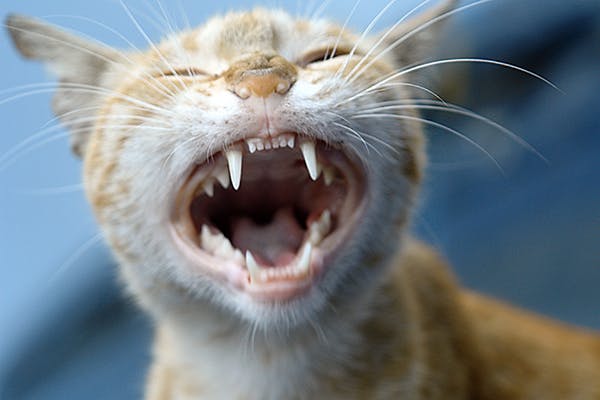
Removing cat teeth can have some surprising effects on feline health and wellbeing. This page introduces the idea of feline teeth removal for owners and vet professionals.
Pixie is about 4 years old and has experienced ‘young cat gingivitis’ that leads to the erosion of the enamel. As there is nothing that can be done to save the teeth I have needed to remove them. This article features the full feline friendly process!
Why even young cats need their teeth removed
You may regard this as an unnecessary procedure, especially if the cat is young. However, I find that feline dental health is at the core of a cat’s overall wellbeing.
Cat teeth are only designed to last 5 years (the average age of a cat in the wild).
Dental deterioration is the next chronic problem our feline friends have – basically because they don’t brush their teeth.
Fluoride does not help them, and only catching and eating mice is preventative.
Because those germs in the mouth affect a cat’s whole body, it puts pressure on the immune system and the kidneys in particular, plus bad teeth are sore.
If you are happy to look inside the mouth of a cat with bad teeth, in this video, I explain the problems and why removal is the only answer.
Meet Pixie
Anaesthetics and the Operation
Anaesthetising and removing the feline’s teeth is quite a long operation – about 2 hours. The two videos that cover these steps are quite long and are really designed for the practitioner.
However, if you want to examine the process in some detail to see what your cat will undergo, then you are welcome to watch how Dr. Kim conducts a complete Feline Friendly Operation, removing a set of cat teeth, under anaesthetic.
Post-op
How the cat vet cares for the cat after the operation.
